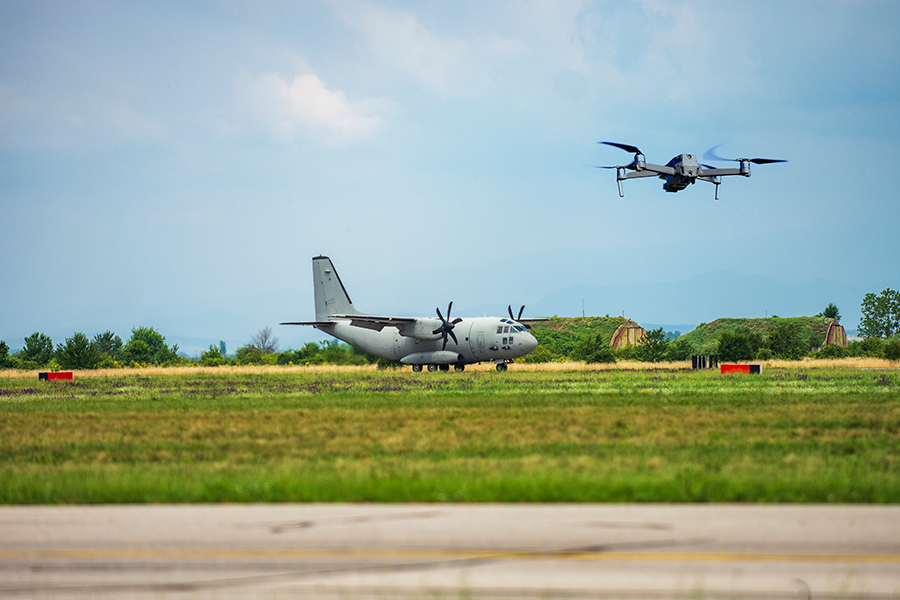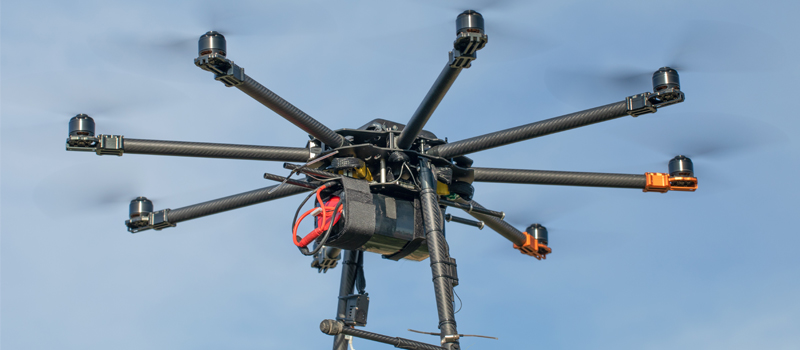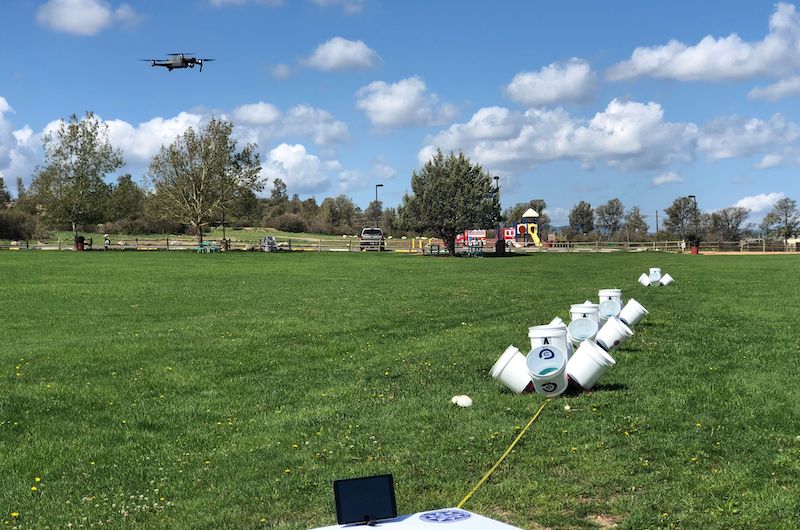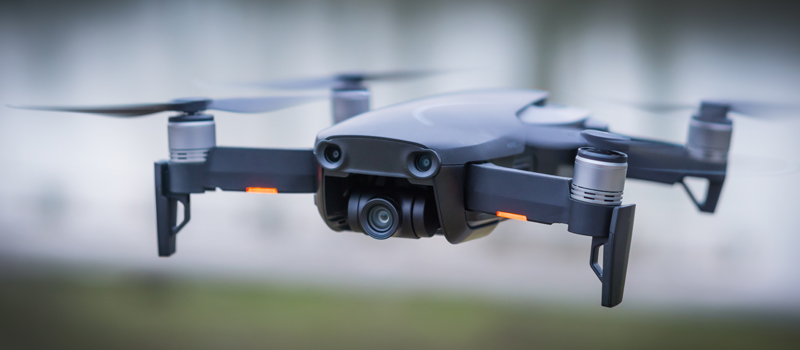One of the big news stories being shared recently has to do with the delay of the implementation of Section 2209 legislation, possibly to February 2024. This section was a part of the FAA Extension, Safety, and Security Act (FESSA) which was legislated back in 2016.
The reasons for the delay aside, Section 2209 has not received the same level of attention in the drone community as stories like Remote ID, the TRUST exam, or developments in the BVLOS situation. What exactly is Section 2209 and how is it relevant to drone operations?
Section 2209 and its history
Section 2209 of FESSA was made to provide a framework for the safe integration of drones with critical infrastructure. The original text of the section is as follows:
(Section 2209) DOT shall establish procedures for applicants to petition the FAA to prohibit or restrict the operation of drones in close proximity to a fixed site facility (an affirmative designation).
A “fixed site facility” is considered to be:
- Critical infrastructure such as energy production, transmission, and distribution facilities and equipment;
- Oil refineries and chemical facilities;
- Amusement parks; and
- Other locations that warrant such restrictions.
As part of FESSA, the implementation deadline for Section 2209 should have been on January 2017. This obviously did not pan out.
The subject of Section 2209 was again revived with the FAA Reauthorization Act of 2018 which mandated that the FAA have a notice of proposed rulemaking (NPRM) for Section 2209 by March 2019. Again, this deadline was not met.
Why having Section 2209 is a good thing

It is easy to dismiss Section 2209 as another piece of legislation that is restrictive to drone operations. It may even seem counter-intuitive to the FAA’s mission of opening up airspace for wider use of drones.
However, there are very good reasons why lots of drone groups and operators are advocating for the implementation of Section 2209. The FAA already has restrictions against drone operations in specific security-sensitive locations and critical infrastructure. Section 2209 will merely create standards for the implementation of this rule, eliminating any ambiguity in the language.
With the lack of the framework of Section 2209, it has become up to local and state legislatures to define which “critical infrastructure” drones are prohibited to fly near or over. This is problematic because local laws can be inconsistent, vague, and perhaps even more restrictive than what is implemented at the federal level.
A standardized set of rules for critical infrastructure will make it much easier for drone pilots all over the country to comply with restrictions. It is also a crucial step in making the national airspace more accessible for large-scale commercial drone use.
The consequences of Section 2209 delays
After several years’ worth of delays, many industry stakeholders have expressed their concerns about the importance of 2209 and have urged lawmakers to implement it soon. Letters have been sent to the FAA by the U.S. Chamber of Commerce, the Association of Unmanned Vehicle Systems International, the Commercial Drone Alliance, the Small UAV Coalition, and similar organizations echoing this sentiment.
In the absence of federal legislation defining critical infrastructure, many states have enacted legislation also geared towards this purpose. This has created a patchwork of state laws that can be quite hard to comply with and implement. This has an effect not just on drone operators and businesses, but also on law enforcers.
The U.S. Chamber of Commerce recognizes that these delays are likely due to the FAA holding discussions with agency stakeholders. However, they also urge that such discussions still be given a timetable and that implementation of Section 2209 is provided with a clear structure and a sense of urgency.
Final thoughts
Section 2209 is a part of the drone laws that rarely gets talked about, but is actually one of the more crucial in moving the drone industry forward. It is quite disappointing that this legislation keeps getting delayed and has been delayed anew just recently. At this point, we can only be optimistic that the new deadline in early 2024 brings about good news.
Restricting drone flight over critical infrastructure makes sense, but this has to be done in a way that is consistent at the federal level. The patchwork of different and inconsistent drone laws across state and local governments is one of the things that have proved most harmful for the drone industry.



